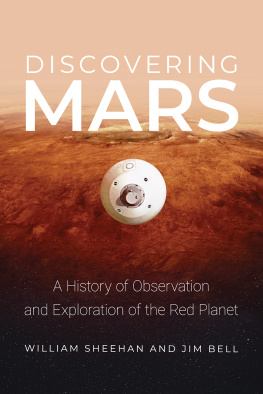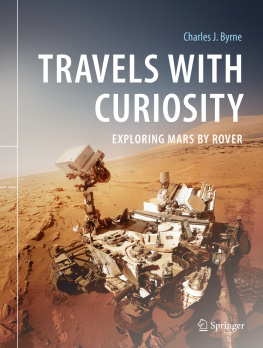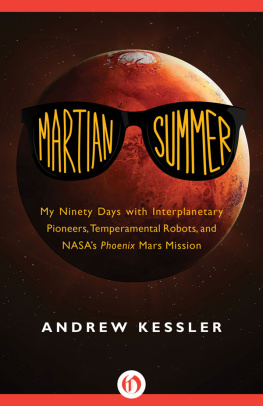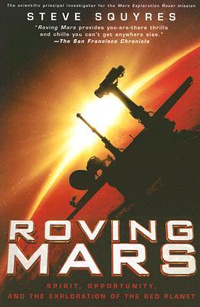1.2.1 Rover on a Rope
Chief engineer Rob Manning traces the origin of MSLs landing system to the terrible failures of 1999, particularly Mars Polar Lander. We came to realize that we did not know how to land anything on Mars reliably, let alone something large, he wrote in a 2014 mission memoir. NASAs Jet Propulsion Laboratory (JPL), which had built Mars Polar Lander, formed a team to identify the technology they needed to develop in order to be able to precisely land a large rover on Mars. They began work in early 2000.
Mars is one of the hardest places in the solar system to land. The problem is its atmosphere: there is too much to ignore, and too little to slow a spacecraft for a safe landing. On bodies lacking atmospheres, like the Moon or an asteroid, spacecraft land using rockets alone. On Earth, Venus, or Titan, which have dense atmospheres, a spacecraft decelerates from supersonic speeds with a blunt-nosed heat shield, and then drops speed nearly to zero with a parachute. On Mars, a spacecraft needs all three: heat shield for high-speed entry, parachute for slowing during descent, and rockets for landing. The entire procedure required to land on Mars is referred to as Entry, Descent, and Landing, or EDL for short. (Engineers delight in abbreviating frequently-used phrases into acronyms and initialisms, turning their writing into alphabet soup. In this book I refrain from using most such abbreviations for clarity.)
All Mars landers to date have used a capsule, also known as an aeroshell, to shelter the lander during entry; the capsule is a clamshell that consists of a heat shield and a backshell. The design is similar to the capsules used by Mercury, Gemini, and Apollo astronauts to return to Earth. Astronauts in capsules usually used maneuvering rockets to guide the capsules during entry, steering them toward a landing zone where they could be picked up quickly. Mars landers, lacking human pilots, passively fell through the Martian atmosphere on a ballistic entry, like meteors. The lack of human guidance led to large uncertainty about where the spacecraft would end up landing. Achieving a precision landing required guidance, but Mars is too far away for humans on Earth to steer in real time.
To make a precision landing possible, Manning and his teammates advanced an idea that JPL had been developing since the 1990s: autonomous guidance for a Mars entry vehicle. The capsule could use accelerometers and gyroscopes to determine its position relative to its intended target as it flew. Software would command banking turns to fly the aeroshell closer to the target. Guided entry could dramatically shrink the size of a Mars landing ellipse, placing a rover closer to interesting geology.
The descent phase begins when the spacecraft has been slowed to something close to twice the speed of sound. All Mars landers have deployed a parachute for descent. Supersonic parachutes for Mars were first developed in the early 1970s for Viking, with expensive high-altitude tests. As long as the mass of a Mars lander could be kept similar to or less than that of Viking, they could stick with the same parachute design for the descent phase without performing new, expensive tests.
For the final, landing phase, JPL had successfully used two different approaches. The Vikings employed retrorockets that slowed the descent to a near-standstill, and then the spacecraft dropped to a hard landing atop three legs that crushed to absorb some of the force of the impact. Pathfinder (and, later, the Mars Exploration Rovers) worked differently (Figure ). The triangular lander was folded into a tetrahedral shape and the outside of the tetrahedron fitted with airbags. This contraption dangled on a rope beneath a rocket pack that was itself connected to the parachute. At the last possible moment, a mere 100 meters above the ground, the airbags inflated, the rocket jetpack fired to zero out the downward velocity, and the rope tether cut. The lander dropped and bounced repeatedly, rolling nearly a kilometer inside its airbags, before finally coming to a rest.








